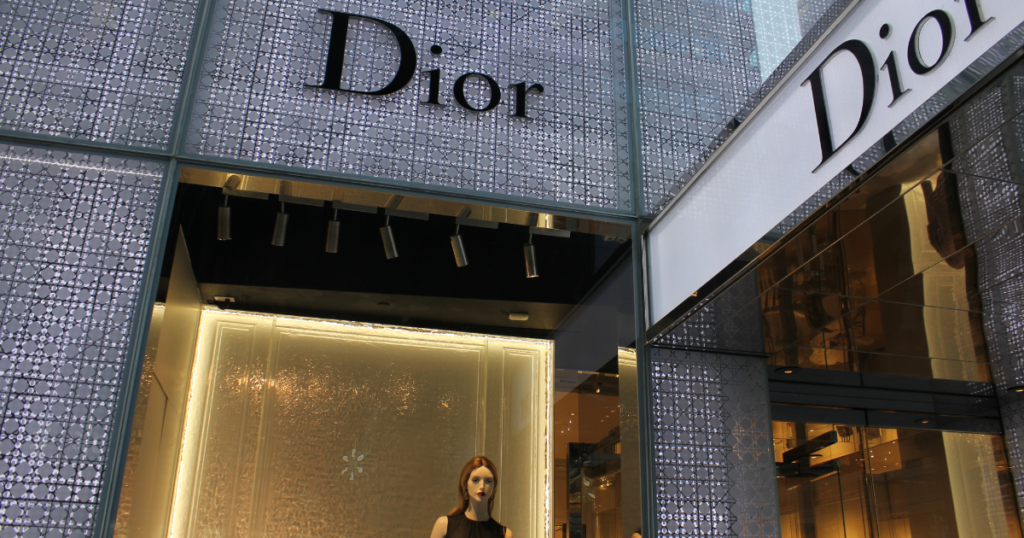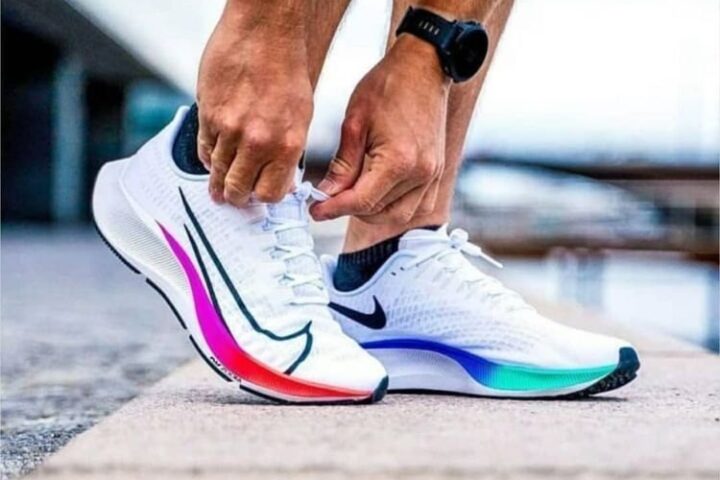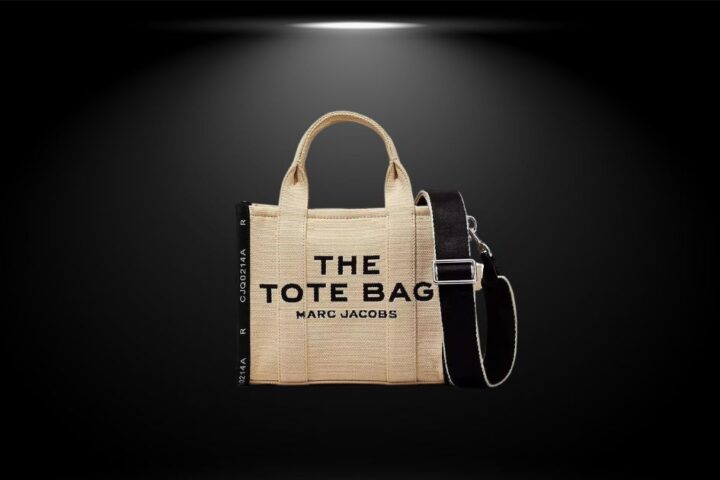Introduction
The world of fashion is often perceived as a realm of creativity and self-expression, where designers, brands, and consumers explore trends and individual style. However, beneath the glitz and glamour of the runway, a complex legal landscape governs the fashion industry. This article explores the intricate relationship between fashion and the law, shedding light on the various facets where these two worlds intersect.
Intellectual Property: Protecting Creative Expression
One of the most critical areas where fashion and the law converge is intellectual property protection. Fashion designers invest considerable time and effort in creating unique designs, patterns, and logos, which require safeguarding against unauthorized use. The legal aspects include:
1. Trademark Law: Fashion houses often rely on trademarks to protect their brand identities. From logos to distinctive patterns (like Louis Vuitton’s monogram), trademarks ensure that consumers can identify genuine products and prevent counterfeiting.
2. Copyright Law: Original artistic works, such as fabric designs and fashion illustrations, can be protected under copyright law. Designers can take legal action against those who copy or reproduce their designs without permission.
3. Design Patents: In some jurisdictions, fashion designs can be protected through design patents. These patents grant exclusive rights to the design for a specified period, discouraging imitation.
Counterfeiting and Enforcement
Counterfeiting is a persistent issue in the fashion industry, leading to substantial financial losses and damage to brand reputations. Legal measures are crucial in combating counterfeiting, which may involve:
1. Civil Lawsuits: Fashion brands often initiate civil lawsuits against counterfeiters, seeking damages and injunctions to stop the production and sale of fake goods.
2. Customs Enforcement: Collaborations between fashion companies and customs authorities aim to intercept counterfeit goods at borders, preventing their entry into the market.
3. Criminal Prosecution: In some cases, counterfeiting operations are subject to criminal prosecution, leading to arrests and seizures of counterfeit products.
Labor and Employment Law: Protecting Workers’ Rights
Behind every exquisite garment lies a workforce of skilled artisans and factory workers. Labor and employment law intersect with fashion in various ways:
1. Working Conditions: Labor laws dictate acceptable working conditions, including safety standards and fair wages, ensuring that employees in the fashion industry are treated equitably.
2. Child Labor: Many fashion brands have faced scrutiny for alleged use of child labor in their supply chains. Legal regulations aim to eliminate such practices and protect vulnerable workers.
3. Contract Law: The fashion industry relies heavily on contracts for collaborations, endorsements, and employment agreements. Legal experts help negotiate and enforce these contracts to protect the interests of all parties involved.
Sustainability and Environmental Regulations
The fashion industry’s environmental footprint has raised concerns about its impact on the planet. Environmental regulations have become increasingly relevant in the context of sustainable fashion:
1. Textile Regulations: Governments and international organizations are implementing regulations to limit the use of environmentally harmful chemicals in textiles and promote sustainable fabric production.
2. Waste Reduction: Legal measures are encouraging fashion brands to adopt eco-friendly practices, such as recycling and reducing textile waste.
Consumer Protection
Fashion brands must comply with consumer protection laws, which ensure that consumers are well-informed about their purchases:
1. Labeling and Transparency: Fashion brands must accurately label their products, disclosing materials, manufacturing locations, and care instructions to help consumers make informed decisions.
2. False Advertising: Laws prohibit deceptive advertising practices that mislead consumers about the qualities or origins of fashion products.
Fashion and Cultural Appropriation
The fashion industry has been criticized for appropriating elements of different cultures. While not always strictly a legal issue, cultural appropriation raises questions about ethics, respect, and intellectual property.
1. Ethical Considerations: Designers and brands must consider the cultural significance of their designs and avoid perpetuating stereotypes or disrespecting sacred symbols.
2. Intellectual Property: In some cases, cultural symbols or designs may be protected by intellectual property laws, making unauthorized use subject to legal action.
Conclusion
Fashion and the law are intricately connected, shaping the way designers create, brands operate, and consumers shop. From protecting creative expression to ensuring workers’ rights and promoting sustainability, the legal aspects of fashion play a pivotal role in maintaining ethical and responsible industry practices. As the fashion industry continues to evolve, navigating the nexus between fashion and the law will remain a dynamic and essential aspect of the global fashion landscape.










